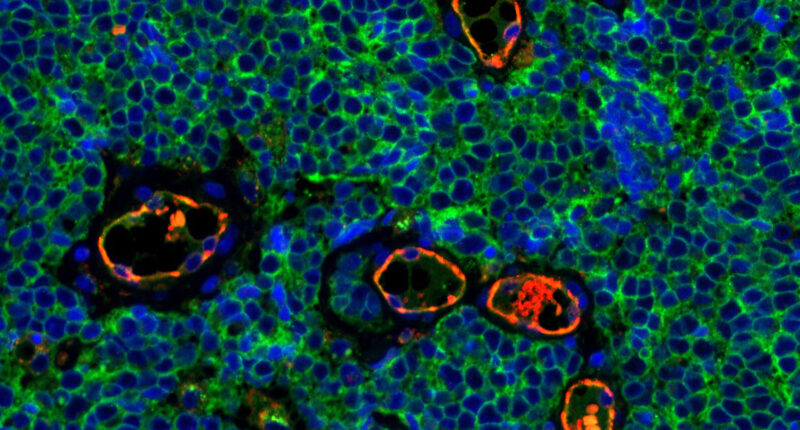McGill University researchers have developed an artificial intelligence tool that detects previously invisible disease markers inside single cells by analysing how genes are spliced together from smaller building blocks called exons.
The tool, called DOLPHIN, could one day help doctors catch diseases earlier and guide treatment options, according to a study published in Nature Communications. In one test case, DOLPHIN analysed single-cell data from pancreatic cancer patients and found more than 800 disease markers missed by conventional tools.
Disease markers are often subtle changes in RNA expression that can indicate when a disease is present, how severe it may become or how it might respond to treatment. Conventional gene-level methods collapse these markers into a single count per gene, masking critical variation and capturing only the tip of the iceberg.
“This tool has the potential to help doctors match patients with the therapies most likely to work for them, reducing trial-and-error in treatment,” said Jun Ding, senior author and assistant professor in McGill’s Department of Medicine and a junior scientist at the Research Institute of the McGill University Health Centre.
DOLPHIN moves beyond gene-level analysis, zooming in to see how genes are spliced together from exons to provide a clearer view of cell states. The tool was able to distinguish patients with high-risk, aggressive cancers from those with less severe cases.
“Genes are not just one block, they’re like Lego sets made of many smaller pieces,” said Kailu Song, first author and a PhD student in McGill’s Quantitative Life Sciences programme. “By looking at how those pieces are connected, our tool reveals important disease markers that have long been overlooked.”
The breakthrough lays the foundation for building digital models of human cells. DOLPHIN generates richer single-cell profiles than conventional methods, enabling virtual simulations of how cells behave and respond to drugs before moving to lab or clinical trials.
The researchers’ next step will be to expand the tool’s reach from a few datasets to millions of cells. The research was supported by the Meakins-Christie Chair in Respiratory Research, the Canadian Institutes of Health Research, the Natural Sciences and Engineering Research Council of Canada and the Fonds de recherche du Québec.










